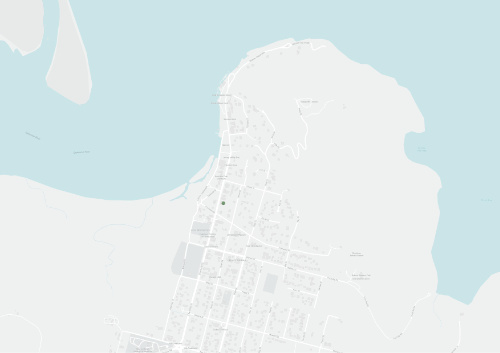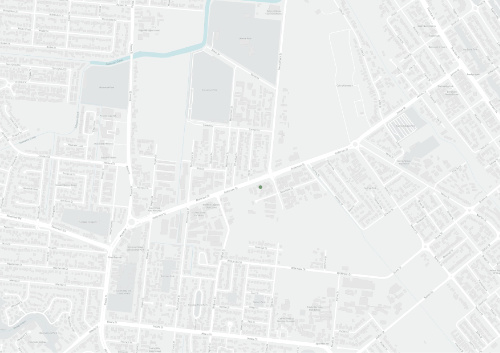Water testing a testing time
Water testing a testing time
When a cyclone, flooding and a continued heavy wet season has the region in disarray, the last thing one can imagine doing is seeking out more water.
But for Cape York Natural Resource Management’s (NRM) Sustainable Agricultural Facilitator (SAF) Katrina Shaw, the show must go on.
“Water sampling this wet season has been a bit more difficult,” Trina acknowledges wryly. “The cyclone caused over two weeks of flooding so it was tricky.
“Not only while it was flooding, but also the damage afterwards was quite devastating.”
Water quality monitoring is conducted each year by Cape York NRM staff to monitor the waterways for changes in nutrients, pesticides and sediments.
It is supported by the Paddock to Reef Program, a collaboration funded by the Australian and Queensland governments which gathers information for a Great Barrier Reef-wide monitoring and modelling system.
Monitoring assesses land management practices and their effectiveness in improving water quality, catchment condition, pollutant runoff and marine conditions that affect the inshore areas of the Great Barrier Reef.
Katrina sends the samples to the Department of Environment, Science and Innovation (DESI) Chemistry Centre. Annual loads of pollutants are then calculated and used to calibrate catchment models that help us understand our regional progress towards Reef 2050 Water Quality Improvement Plan targets. Progress is communicated through the annual Great Barrier Reef Water Quality Report Cards. Monitoring results are available through the DESI Water Quality and Investigations Story Map.
Pesticides are analysed at the Queensland Health Forensic and Scientific Services laboratory. Pesticide concentrations become publicly accessible via the Pesticide Reporting Portal.
Trina carries out sampling in the Lakeland region along the Laura River, which flows into the Normanby River, which in turn flows through the Normanby catchment. The catchment covers 24,399 km (57 per cent of the Cape York region) and is the largest that drains into the Great Barrier Reef.
“We collect water samples in two different ways. One is manually straight from the river into several different bottles. They then need to be quickly refrigerated to a temperature below 4 degrees to ensure they are not contaminated. We have fridges powered by battery banks which are charged by solar panels.
“The other way is from machines located inside a three-metre shipping container (we call the ‘Cube’). It’s fully decked out with a battery and solar-powered pump that sends the water into automatic water sampling machines (autosamplers). The water is stored in fridges until we can get to the cube to collect them.”
“During the flooding, it was impossible to get to the cube, so improvisation came into play. Luckily I have the Laura River flowing through the backyard of the cattle property I am lucky enough to call home. I was able to take Grab Samples from a safe spot during the cyclone.”
Trina works closely with Kylee Welk from DESI to keep the automatic water sampling machine working correctly.
“It has proved to be quite a task this year with so much flooding causing large amounts of debris and sediment," Trina said.”
But there are a lot of perks to getting out and about, regardless of the weather.
“I enjoy the drive out to the cube, there’s never a shortage of wildlife and livestock. I’ve seen wild emus, easternemus, eastern grey kangaroos (Macropus giganteus), snakes and plenty of bird species. I’ve even seen an echidna (Tachyglossus aculeatus)!”
This project is supported by Cape York NRM as part of the Paddock to Reef Integrated Monitoring, Modelling and Reporting program, jointly funded by the Australian and Queensland governments.

